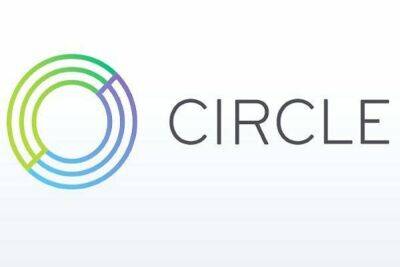Regulation and risk: Factors driving demand for a euro-backed stablecoin
Stablecoins are a type of cryptocurrency offering investors price stability. The most popular stablecoins are those backed by the United States dollar — the world’s leading reserve currency. Others are less popular and not widely used, so many may not have heard of alternatives if they haven’t searched for them.
According to data from the International Monetary Fund, the euro is the world’s second most widely held reserve currency, behind the U.S. dollar and ahead of the Chinese yuan. The euro is the official currency of the eurozone, comprising 20 of 27 member states of the European Union (EU), with over 300 million people using it as their base currency.
In the cryptocurrency space, the euro is widely adopted by cryptocurrency trading platforms serving users in EU countries. Yet when it comes to stablecoins, euro-backed options are not as popular, with the most prominent ones offered by leading stablecoin providers.
The world’s largest stablecoin issuers, Tether and Circle, have euro-backed stablecoins in circulation. Euro Tether (EURT) has over 200 million tokens in circulation but is dwarfed by the U.S. dollar-backed Tether (USDT), with 70.9 billion circulating tokens.
Similarly, Circle’s Euro Coin (EUROC) has nearly 32 million circulating tokens, while its U.S. dollar-backed stablecoin USD Coin (USDC) has a circulating supply of over 42 billion. Cointelegraph reached out to Circle for comment on these figures. The company highlighted EUROC’s growing adoption, with the Nasdaq-listed cryptocurrency exchange Coinbase recently announcing its listing.
Coinbase will add support for Euro Coin (EUROC) on the Ethereum network (ERC-20 token). Do not send this asset over other networks or your funds may be lost. Inbound transfers
Read more on cointelegraph.com









